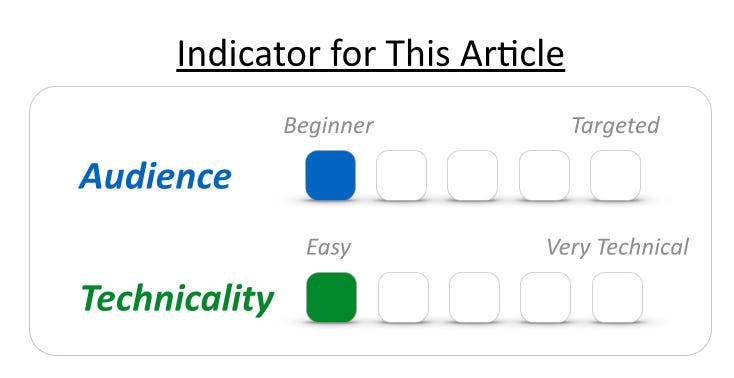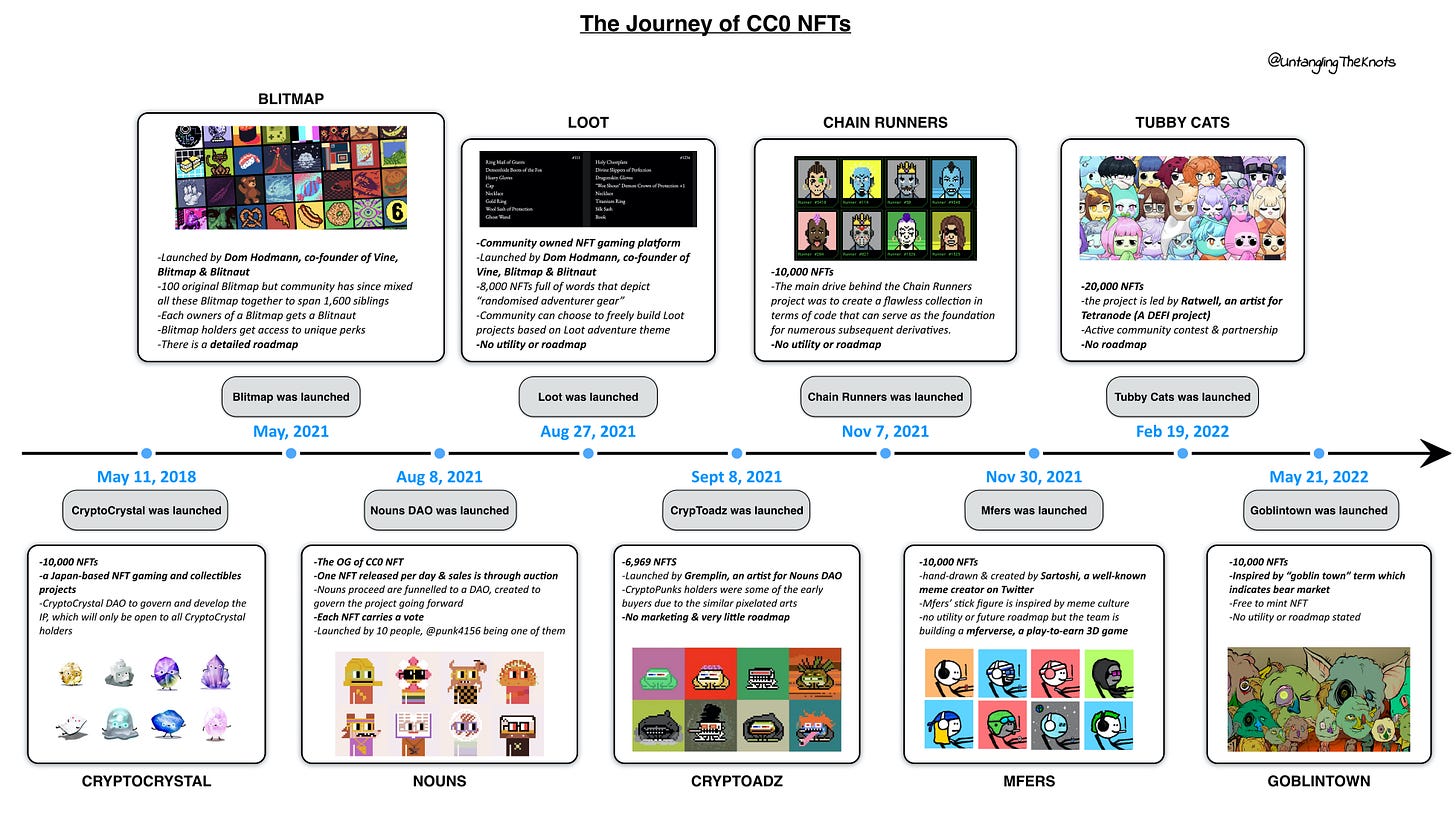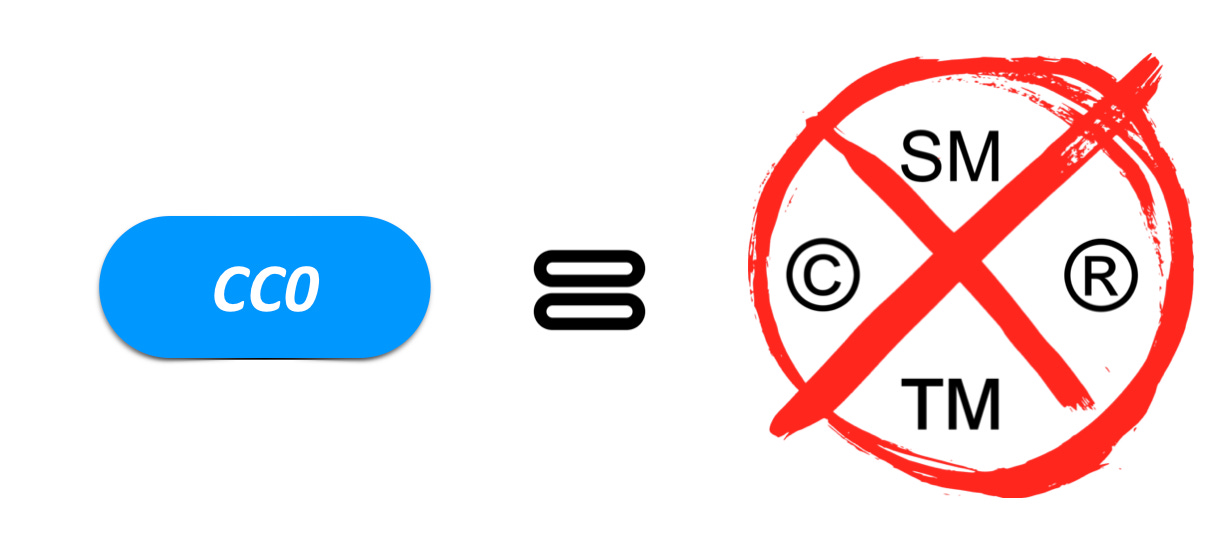The bear market now has brought about a lower market sentiment towards the uncertainties within the crypto & web3 market. With the crash of the Terra Luna ecosystem and the spillover of the lower interest in cryptocurrency to NFT, many are inevitably casting doubts about the future of the NFT and crypto space.
Despite what’s happening in the space and the fact that there are more NFT projects released during this time, it’s interesting to see what each of the projects is bringing to the NFT table.
Some of these are the catalyst toward empowering the ownership economy.
Why do I say so?
One of the most interesting projects released recently is the Goblintown project. Dubbed as oh-so-ugly NFT and even some of its specific avatars are described as ugliness with no limits.
Beyond the “ugliness”, Gobintown is the latest addition to the CC0 NFTs.
The above are CC0 NFTs with their respective timeline of launch while the rest of the NFTs we see in the market are non-CC0 NFTs.
Wait, What Does CC0 Mean?
CC0 indicates creative commons zero or no copyrights reserved (pronounced as C-C-Zero). What this means is that any work with CC0 is available for public usage without the need to credit the owner or creator, in fact, it is available for anyone to use for their financial advantage, regardless of whether they own it or not.
In simple words, it is free for the public to use in any way they want - to modify it, sell it in physical format, develop the brand, or any method at all.
It sounds pretty fascinating given that all this while we have known that we are at the risk of getting sued if we were to use other people’s work for our advantage. With CC0 there seem to be infinite possibilities and potential, to build & to grow something that we all like, and on top of it, you won’t get sued at all by doing all these.
A great example would be if Marvel were to allow some if not all of its characters to be CC0, the possibilities of what these could be would be infinite as fans or individuals always come out with creative ideas.

This CC0 term is not new, but NFT has been popularising it hence more and more NFT collections are correlated with the term CC0.

Closer to heart, these are some of the paintings that we all are familiar with.

While not all NFT collections are CC0, most NFT collections have adopted non-CC0, whereby commercialisation rights will be given to the holders, and not everyone.
Within the non-CC0 category, some of these NFTs are given a limit in monetary term, as holders can only commercialize their respective NFTs to a certain amount.

Why Would Original Creators Allow That? Especially in The NFT space
Regardless of the NFT hype that we have seen, it is in fact still early in the NFT space (because chances are most people have not purchased an NFT yet).
In the case of CC0, creating awareness and the need for exposure preceded the potential financial gain.
It also works in favor of the creator in the long run in the case scenario where NFT holders are building something out of its brand - be it memes, stickers, or bigger projects like a short film or even a restaurant. With that, the community is helping to build the brand & cement the branding of the collection in the NFT space which in return helps to pump up the valuation of the collection.
What’s intriguing is that by having a CC0 or even non-CC0, the original creator is liberating their arts & empowering the ownership economy.
However, it is a double-edged sword scenario because the NFT creator is at the mercy of its community, whereby if anyone were to misuse it and taint the branding, the brand and reputation of both the collection & the creator will be greatly impacted.
Comparing CC0 to non-CC0, it does make more sense at a glance to buy and own a non-CC0 than a CC0 NFT, at least from the commercial and financial point of view. However, there is more to that.
Why Would People Buy CC0 NFT? From the POV of an NFT Holder
It makes more sense to buy an NFT with non-CC0, whereby only you, the holder of the NFT can utilize the NFT you are holding in whatever means.
So what’s the point of buying a CC0 NFT?
Going back to the paintings I mentioned earlier in this article - The Starry Night and Mona Lisa.
Yes, anyone can print it out and hang it in their living room. But is it similar to purchasing the original piece? Does CC0 diminish the price of the original piece?
In fact, the wide utilization of these paintings (e.g. Inclusion of the Mona Lisa on various merchandise & even TV shows) makes them more well-known by people, which in return increases the market value and demand for the original paintings.
The same mechanism applies to the CC0 NFT collections as their floor price shown below (floor price indicates the collection’s lowest sales amount) soars even if one felt that it does not make sense financially (data as of 31st May 2022).
Nouns DAO (98 ETH)
Blitmap (5.5 ETH)
Goblin.wtf (2.99 ETH)
CrypToadz (1.955 ETH)
mfers (1.69 ETH)
Chain Runners (0.298 ETH)
What is happening in the space with CC0 NFT and non-CC0 NFT?
Both CC0 & non-CC0 NFT present a great opportunity to tinker around and develop the NFT avatar (in the case of PFP, click here to understand more about PFP). The involvement of the community helps to foster a creative development of the NFT beyond the capability of the creator, both skill-wise & financially.
NFT projects are mushrooming non-stop in the past year & what seems like a niche space has been now inundated with various new projects almost on daily basis.
If you are interested to buy any NFT, make sure to understand the T&C thoroughly so that if one day you decide to commercialise your NFT, you are entitled to do so.
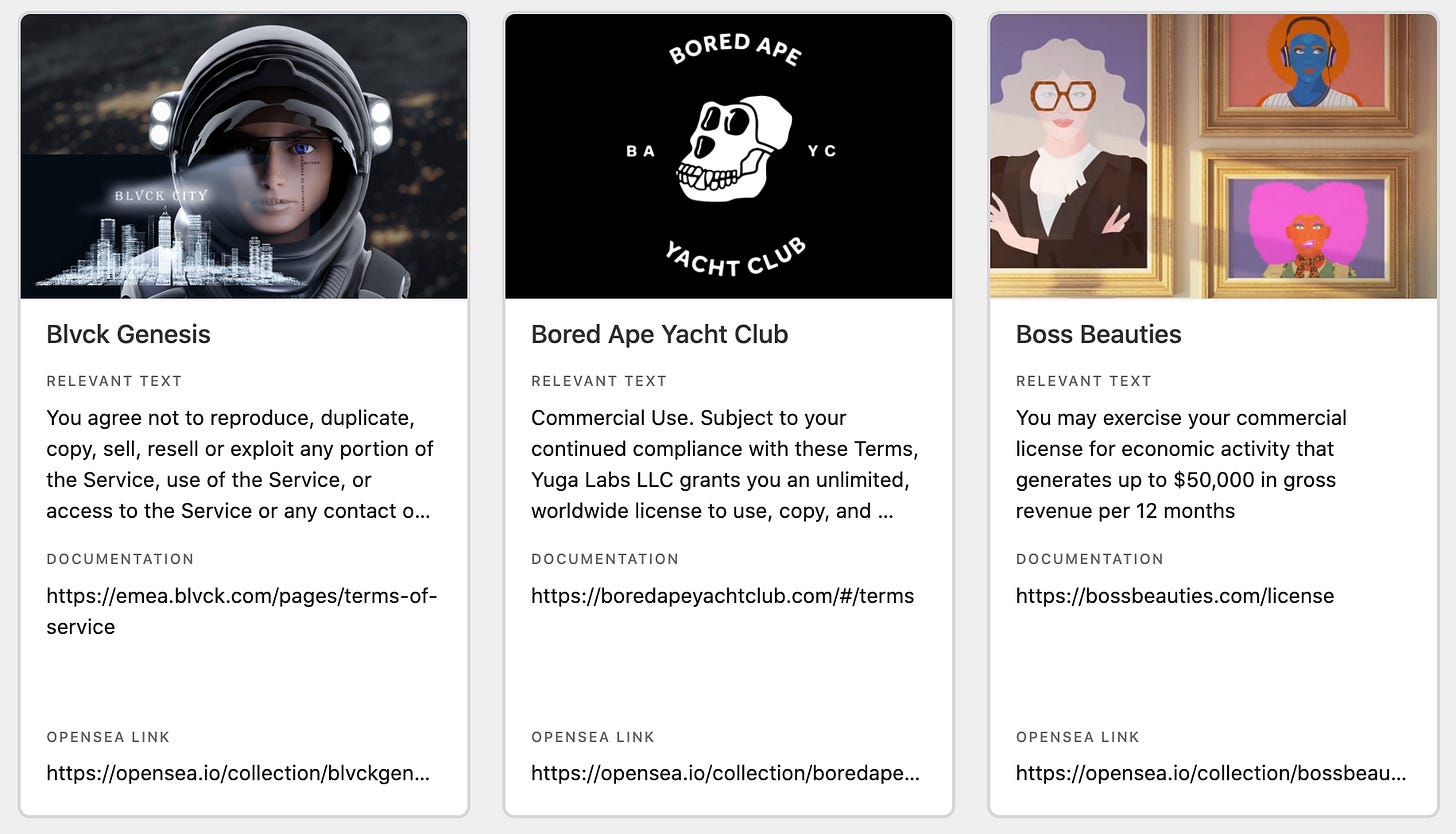
One Current Famous Example of How Non-CC0 NFT May Not Play To Holder’s Advantage
An example: Seth Green’s NFT show

Why this is such a big deal is the fact that Seth Green has been preparing to make a show with his BAYC, Punk titled White Horse Tavern, with the stolen BAYC #8398 being the main character of the show. In this show, he has included various other NFTs like CrypToadz and Gutter Cat Gang.



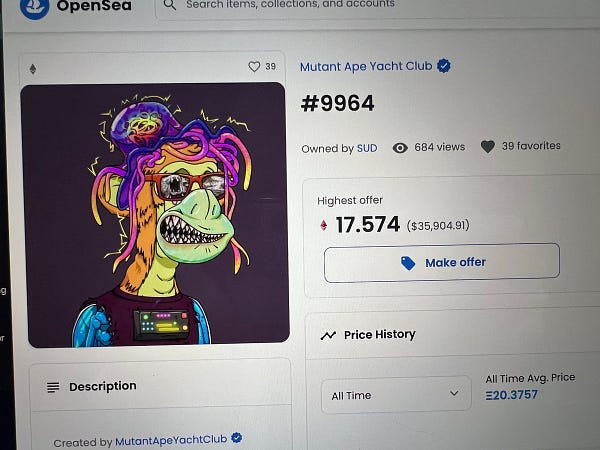

Given that his NFTs are stolen, he is no longer entitled to the commercialization right to the NFT, which causes his NFT show to be halted.
The topic surrounding the commercialization rights in regards to each NFT is something that each creator and holder is looking at closely as each NFT collection experiments, innovates, and eventually set the precedence for the next NFT collections.
TLDR
CC0 or known as Creative Commons Zero poses another way a brand or an NFT collection can potentially leverage by putting more trust in the hands of the community. The power of community is not something we can comprehend and yet the possibilities are infinite.
Even though CC0 seems to be a great way to move forward, there is a need to find the balance of compatibility of CC0 with the project & the need to weigh the pros and the cons of CC0 or non-CC0.
As an NFT buyer/holder, it is even more important to do in-depth research before putting your money on the table.
More Reads:
Tweet thread by @1MrClean1 that summarizes the CC0 adoption in the NFT space.
Reads on Different Types of Creative Commons License - There are a total of 7 types of licenses and 6 of them are restrictive creative commons licenses. This would be a good read to understand further each of these licenses.
IP Rights & CC0 From An Artist's Point of View - A good read to see how CC0 benefits or hinder artist from reaping full benefits.
Disclaimer: I am not affiliated with or sponsored by any of the projects mentioned in this article at the time of writing. This is not financial or investment advice, please do your own research & evaluate your risk appetite before investing.




